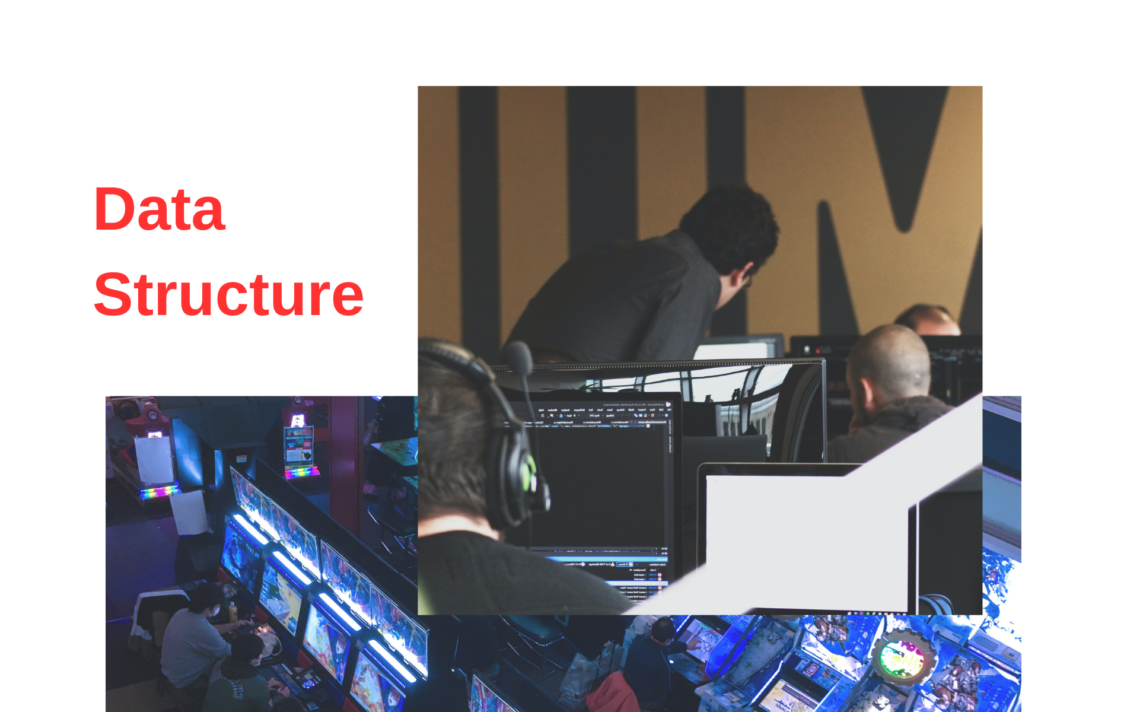
Journalism is a field with many different facets. There are news, investigative, feature, and opinion groups. These can then be subdivided into many more niches like sportswriting, gambling or travel writing. Each type has its own requirements for style and format that need to be followed closely in order to succeed in the industry.
Data journalism is a hot topic in today’s gambling world. But what does it mean? What are the basic steps for becoming a data journalist? What are some resources that you can use to get started? This guide will cover all of these questions and more! We’ll discuss how to structure your work for your next gambling product overview, provide a general process to follow, and show you how this process works on Katsubet that perfectly integrated data into their marketing efforts.

The more you know about data, the better off you are. Katsubet writers understand the particular structures and logics of the information space in which gambling data exists. It is imperative that writers have a thorough understanding of what they’re working with when it comes to datasets, tables, graphs and other information structures in gambling as well as other spheres. These skills can be learned through specialized courses at AATTP.
Two Common Types
Data Structures in Journalism is the process of using data to make informed decisions. The amount of information available for journalists to use has been steadily growing over the past few years, and there’s no sign that it will stop any time soon. More often than not, we find ourselves dealing with event level data (individual events) or summary data (a representation of a group). Event level data is where you have all of your facts laid out before you.
Maps and Infographics
Data visualization has become a huge part of journalism, with news organizations across the country adding it to their arsenal. It is also used as an entry point for many people who are not traditionally interested in reading the news.
The rise of data journalism has been met with a lot of excitement and anticipation. Journalists have been able to use new tools, such as maps, to visualize statistics in ways that are visually compelling. It’s easy then to think that journalists should spend their time making the graphics look pretty rather than digging up stories. However, just because you can create an aesthetically pleasing map or infographic doesn’t mean it replaces the need for real journalism; journalists must still report on the story itself.
The Rise of Data Journalism: 5 Reasons Why
Data journalism is not a new concept, but the industry is rapidly growing in popularity and power. As more people want to consume their news digitally and the audience demands more accountability from journalists, data stories are gaining momentum in print media. These types of stories do well because they provide numbers that readers can easily interpret and understand rather than just telling them about an issue or topic. The rise of data journalism can be attributed to several different factors including increased access to data sources, improved digital literacy among journalists.
How to Write a Data Journalism Piece
Data structures and logics in the information space are not always self-evident, especially when they don’t follow the typical “three plus one” pattern. Journalists understand this problem as they navigate through data sources, transforming them into a readable form for readers to make sense of events that unfold before their eyes.
Data journalism is the act of collecting, organizing and analyzing data in order to uncover patterns or information that might not otherwise be found. It’s a tricky business with lots of pitfalls. The best way to avoid these issues is through careful planning: What are you going after? Who cares about this? Why should they care? Once you know what you want out of it, then come up with a plan on how to get there.
The following are steps to writing a piece:
- What is your data?
- Why does it matter?
- Who are the characters and what is the story?
- Organize the information in an understandable way that connects with readers.
A final word
Data visualization is all the rage these days. There are blogs, courses, conferences and even TED talks about how to create a data story. But at its heart, journalism is still about stories — and data visualizations are just one of many ways that journalists can use to help tell those stories. What does it take for someone to be considered a journalist? The title doesn’t really matter as much as their motivations do. They have something they want you to know or understand.